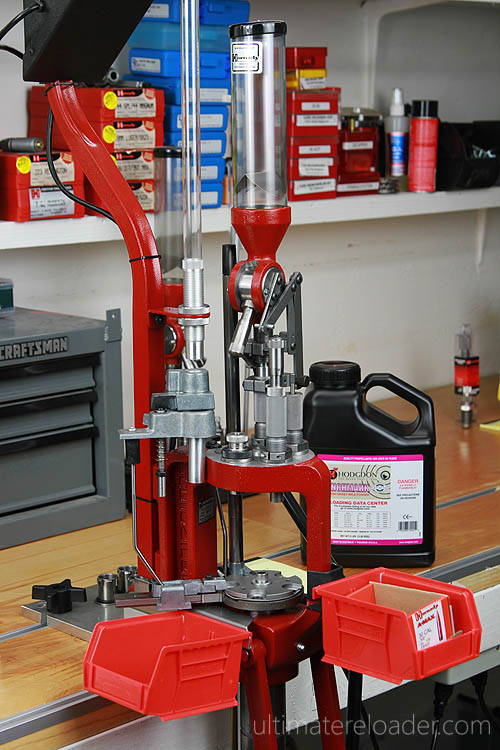You Can’t Shoot What You Can’t See
“All dressed up and nowhere to go” was the comment our IT guy, Jay Christopherson, sent with this photo. This is Jay’s testing set-up at his home range, complete with PVM-21 chronograph and wireless target-cam. The camera signal is sent, via WiFi, to Jay’s laptop computer. However, even with all that high-tech electronic gear, you can’t make the shot if you can’t see the target through the rifle-scope. On this morning, heavy ground fog completely obscured the target. Jay told us: “I ended up waiting a little over an hour for the fog to burn off enough so that I could see the 600-yard target. What was funny was that I had a perfectly clear picture of the target via the target-cam and monitor. But there was no way to aim the rifle since the riflescope showed nothing but fog.”

This photo was taken by Jay at the Cascade Shooting Facility in Ravensdale, WA. The rifle is Jay’s .284 Shehane F-Class rifle. Jay was testing primers for Extreme Spread (ES) variation around 9:00 am. Nature was not cooperating. Jay was running Hodgdon H4831sc and testing various primers to see which provided the best numbers.
The chronograph is the Kurzzheit PVM-21. Equipped with infrared sensors, the PVM-21 is our “go-to” chron for most velocity testing, with an Oehler 35P for “back-up”. The PVM-21 (now updated with Kurzzheit’s BMC-19 model) sets up quickly and gives reliable results in any light conditions. But there is something even more sophisticated on the horizon — the new Labradar, a “stand-off” chronograph that uses Doppler radar to measure bullet speed.

Jay explains: “I am (somewhat) patiently waiting for the new Labradar to release. The PVM-21 works pretty well most of the time and is easy to setup. I do get odd readings out of it every so often, but they are pretty obvious when they occur.” The advantage of the Labradar (if it ever comes to market) is that the unit sits to the left or right of the rifle. The Labradar is situated out of the bullet path, so there is no chance of shooting the chronograph by accident. Another advantage of the Labradar is that you can set it up without needing to go forward of the firing line, which would require a safety break.
























